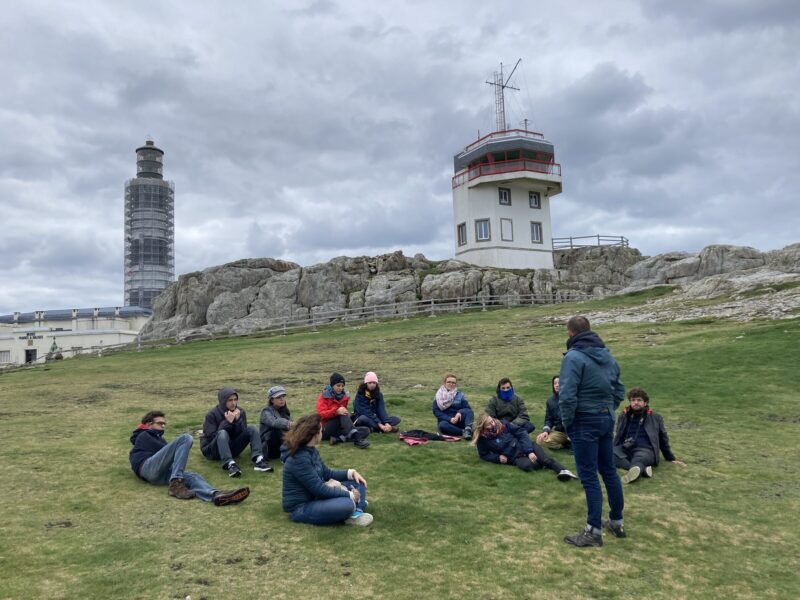
Living Together: an onboard “art & science” workshop, organised by Jozée Sarrazin from Ifremer and the “Teatr PIBA” company, is an initiative funded by ISblue under the Training call for projects.
Scientist Jozée Sarrazin from Ifremer’s Deep Environment Laboratory and artists from Teatr Piba have teamed up to offer students from the ISblue community an innovative workshop ‘on board’ on the Ouessant island for a weekend.
This workshop brought together 9 students from various backgrounds, schools and levels (UBO, UBS, ENIB, ENSTA Bretagne) from the ISblue training programmes. The work was built around a reflection on the theme of resilience and a scientific presentation on deep-sea ecosystems.
These projects, which take a variety of forms, have the common aim not only of sharing approaches but also of going beyond their limits and, perhaps, creating new communication and experimentation tools. The enthusiastic response from the public and the cultural and scientific communities to the Spluj and Donvor shows, the result of a long-term collaboration between the Teatr PIBA theatre company and researchers from Ifremer’s Deep Environment Laboratory, has confirmed the major impact that these transdisciplinary approaches can have on communicating knowledge and raising awareness of often complex environmental issues.
Discover the video of this scientific and artistic adventure:
The Workshop Programme:
After welcoming participants to the Centre d’Étude du Milieu de Ouessant (CEMO), the workshop began with a round-table presentation and discussion on the concept of resilience in general and that of ecosystems in particular. This session was extremely enriching and interactive, reflecting the involvement and enthusiasm of all the participants. The evening continued with a scientific presentation by Jozée Sarrazin, a researcher in benthic ecology, on the theme: Deep-sea marine ecosystems: the challenges of exploitation, resilience and alternatives.
Theatre
Saturday began with a movement workshop led by actress Charlotte Heilmann, to get to know each other better and break the ice.
This theatrical work is crucial to the ‘art and science’ theme, but it is also fundamental in terms of building group cohesion and creativity. For each trainee, the educational objective was to acquire and transfer the acting skills needed to:
- Dare to take the plunge and face the public
- Work on stress management
- Work on body posture and position in space
- Interact with confidence in front of a group
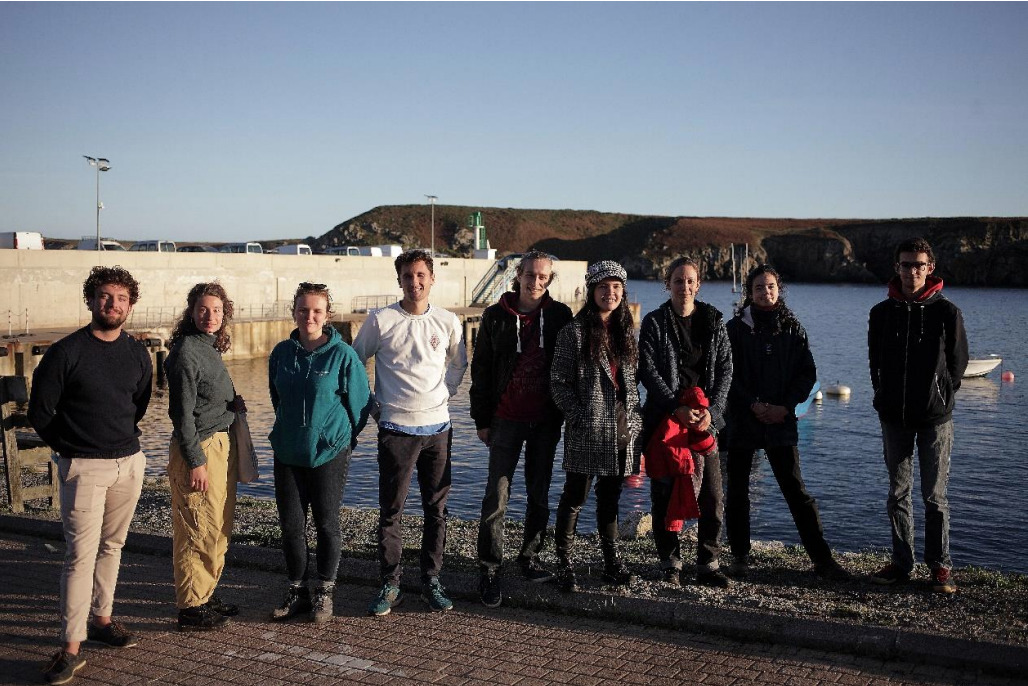
from left to right – Benjamin Dudouet, Noémie Barcat, Sarah Lesne, Ewen Jegouzo, Jimmy Reynes, Hineiti Hatitio, Irène Mopin, Angèle Nicolas and Aksel Koc.
© Sébastien Durand, Teatr PIBA 2021.
Script
Thomas Cloarec (artistic director of Teatr PIBA) took over with a writing workshop in which several exercises enabled each student to produce and share their texts. Based on their affinities and what they wanted to express, the students were then invited to create trios (3×3) and, during a walk around Ouessant Island, to think about the form their performance would take.
Sound Design
As everybody seemed captivated by the subject of sound, Gwenolé Peaudecerf (sound engineer at Teatr PIBA) gave a short course on how to capture and edit sound with audio tools.
Creation
Saturday afternoon was dedicated to preparing the report, including writing texts, taking sound and images and conducting interviews with the guest speakers.
The entire teaching team was on hand to help the students with their work. A first draft of the projects was produced early on Saturday evening, allowing everyone to comment on, question and contribute to the work of others.
This long day ended with a gourmet meal prepared by chef/photographer Sébastien Durand. The students apparently spent part of the night working on their creations.
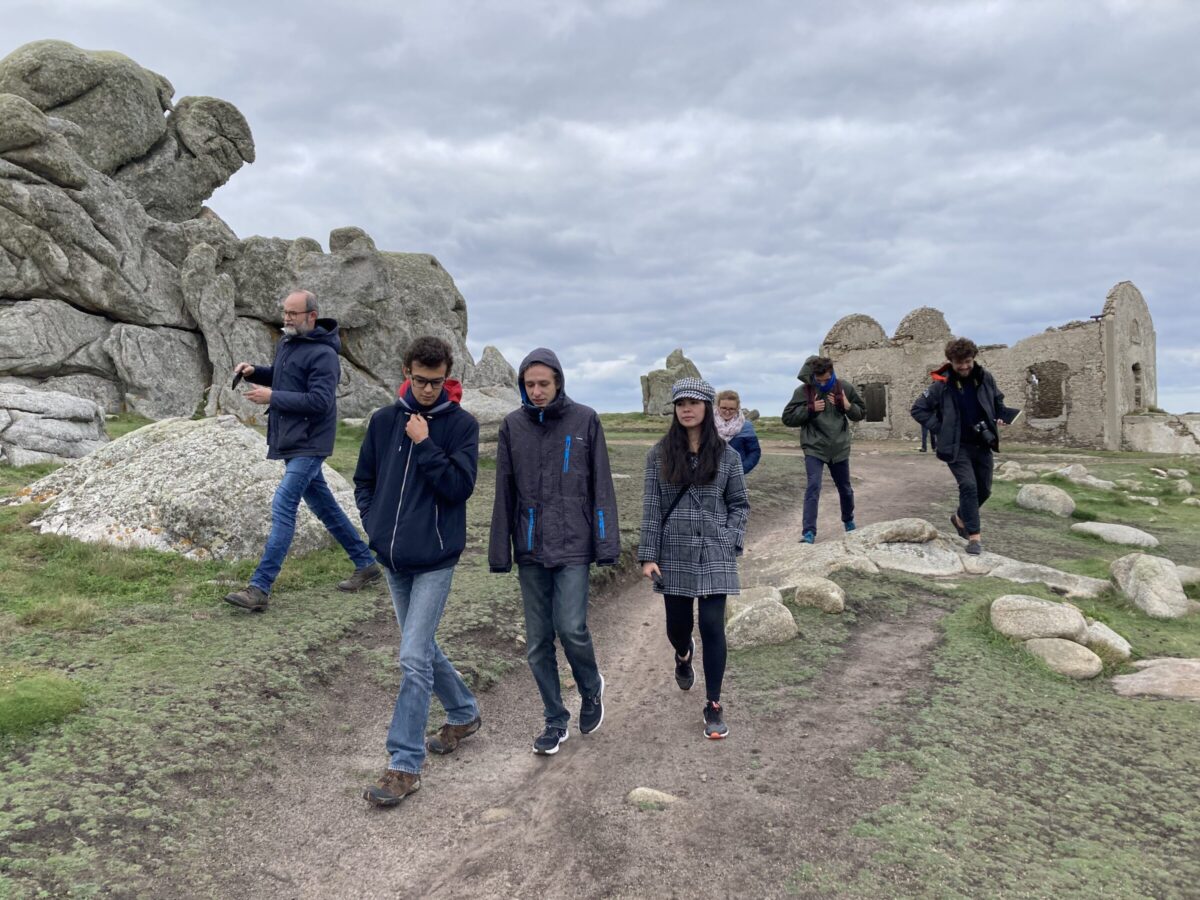
© Jozée Sarrazin, Ifremer 2021
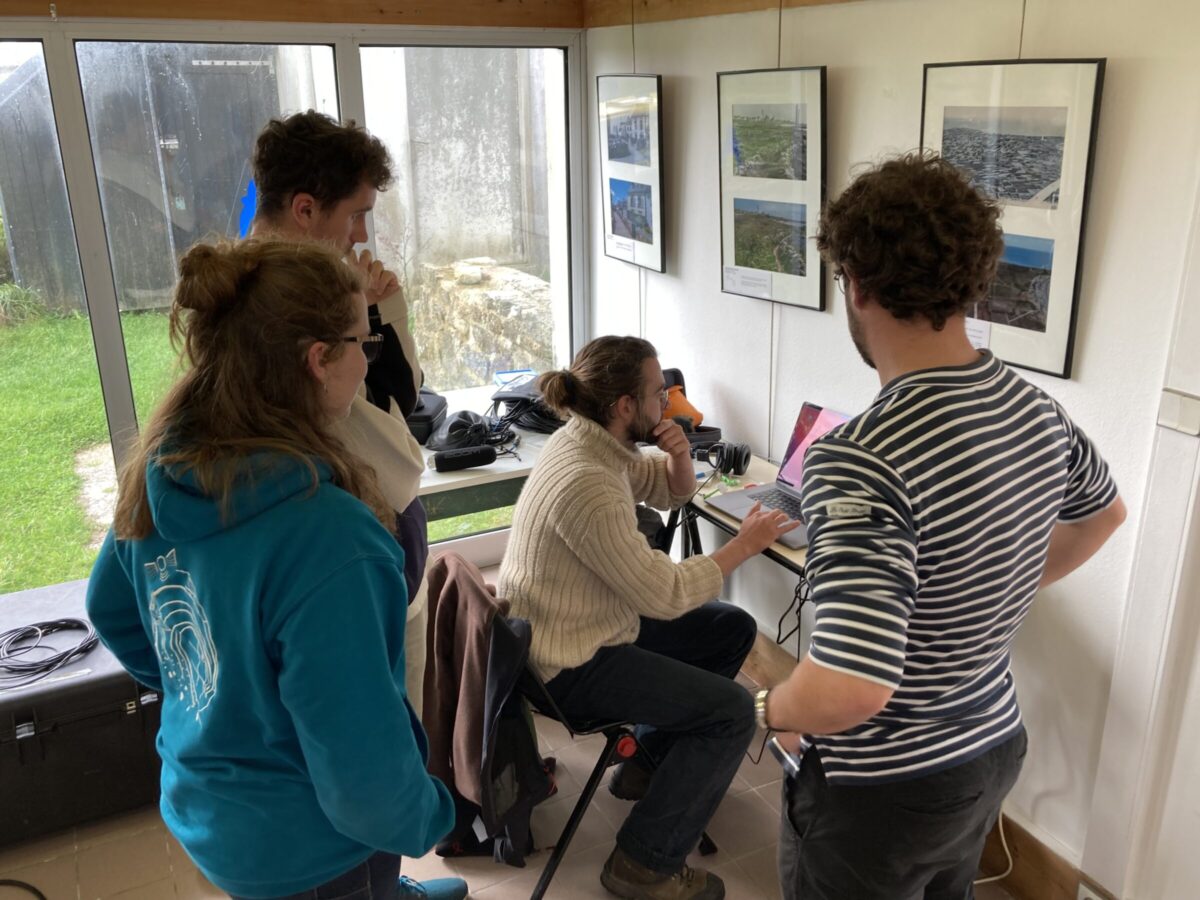
© Jozée Sarrazin, Ifremer 2021
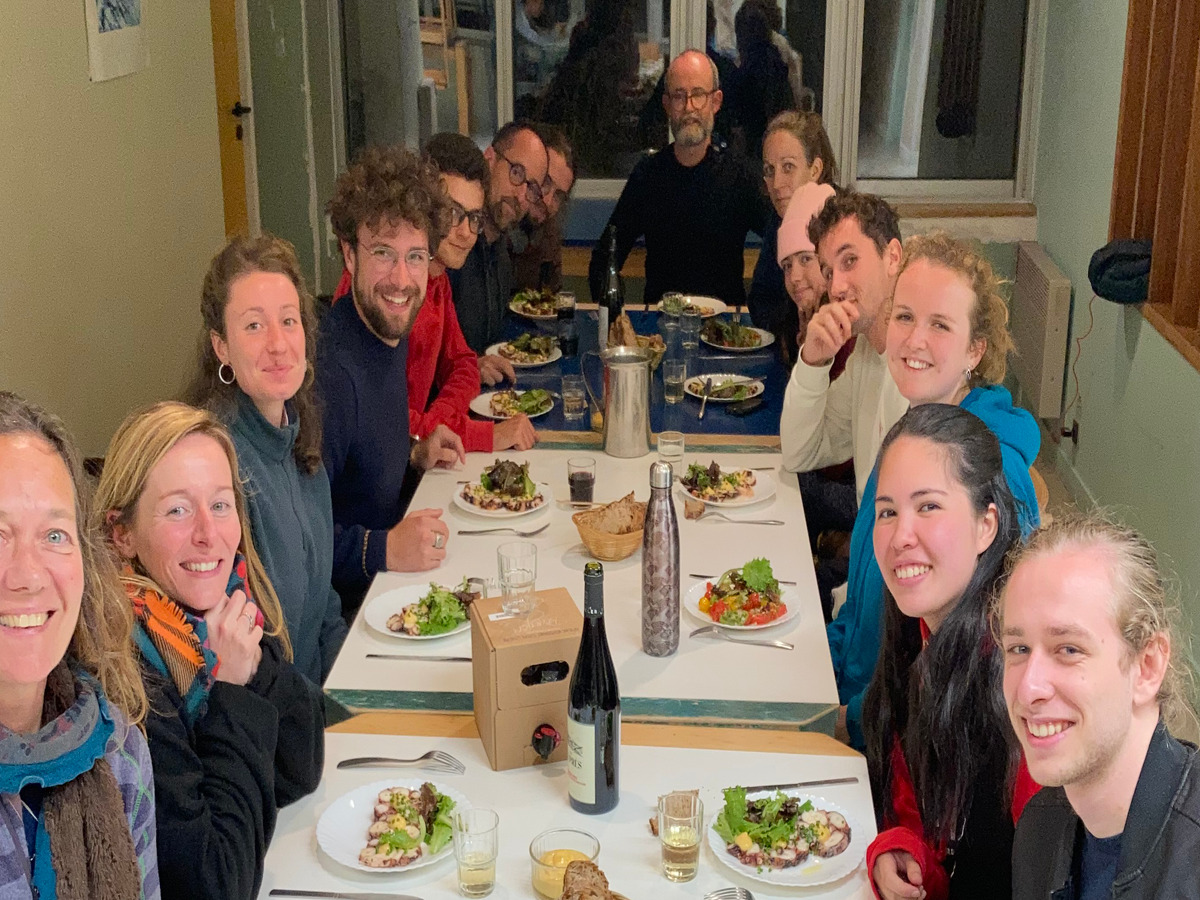
© Sébastien Durand, Teatr PIBA 2021
Feedback
The last stage of this on-board workshop was an intense moment for all the participants: the presentation of the artistic works of each group. The 3 groups came up with richly engaging forms on the theme of resilience, choosing original approaches.
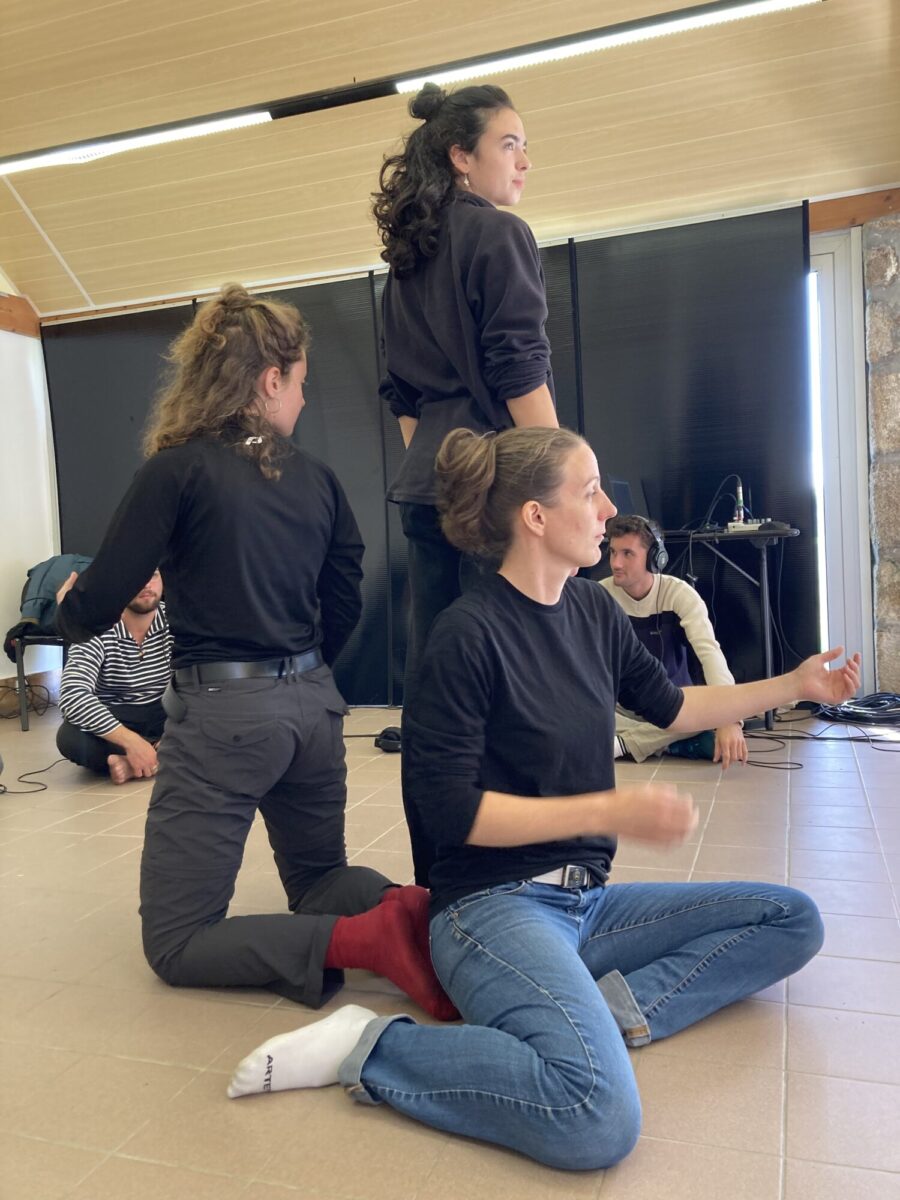
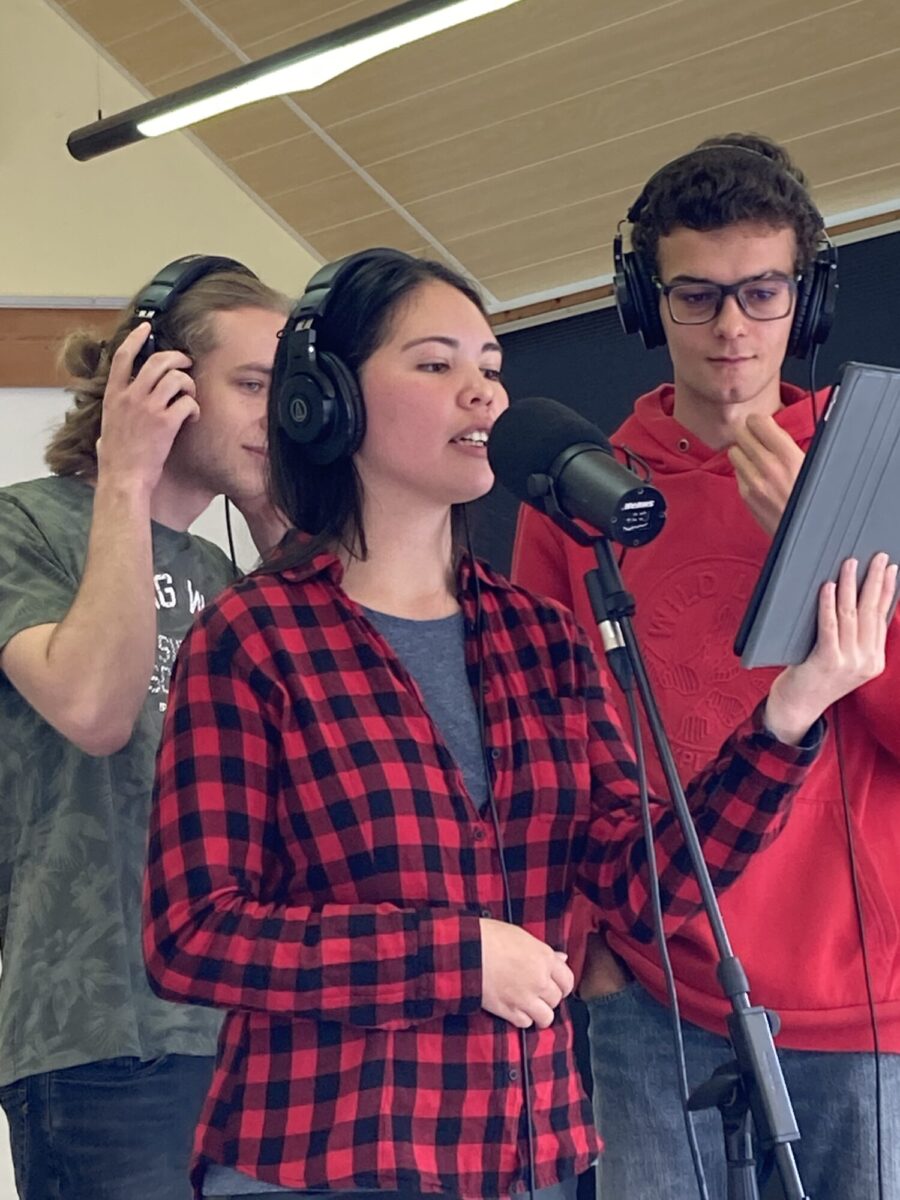
© Jozée Sarrazin, Ifremer 2021
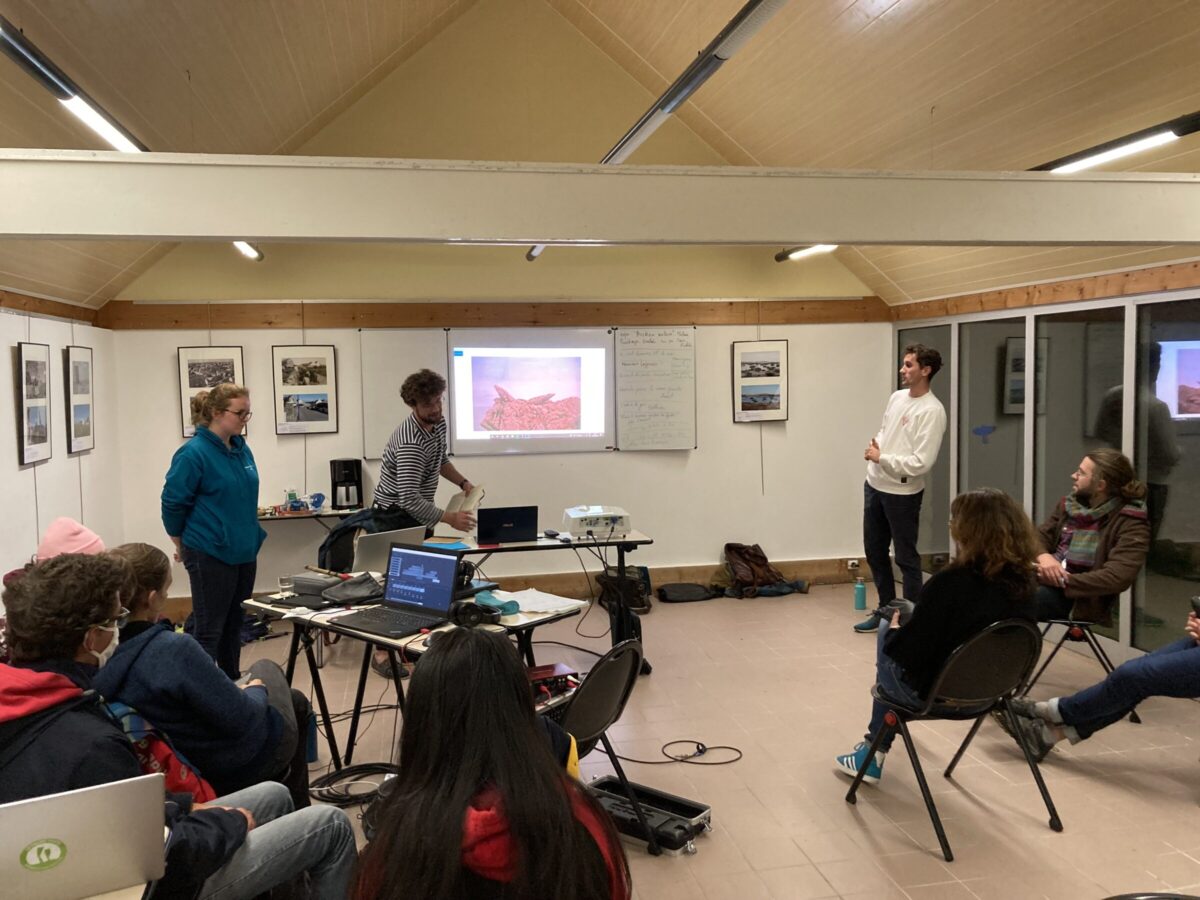
R.E.S.I.L.I.E.N.C.E – A choreographed stage performance, coupled with a sound montage of recordings made during the course (spectators wearing headphones) by Noémie Barcat, a biology undergraduate (UBS), Angèle Nicolas, a Master 1 student in marine environmental chemistry (UBO) and Irène Mopin, a doctoral student (ENSTA Bretagne).
Feedback from Group 1: “We really enjoyed working on this project, and in particular talking to the various people involved. The discussions were always fascinating and relevant. For some of us, the technical aspects and the sound recording were also very enriching discoveries. The stage performance was also a moment out of our comfort zone, which taught us about ourselves, our bodies and our relationship with others (the audience)”.
La Petite Crevette Rose – A children’s tale performed at a microphone (audience wearing headphones), punctuated by sound effects to explain the theme of deep-sea ecosystems by Jimmy Reynes (ENIB), Hineiti Hatitio (ENIB) and Aksel Koc (UBS).
Feedback from group 2: “We were all interested in the concept of popularisation, and Hineiti and Jimmy were doing a gap year to develop a connected board game to raise young people’s awareness of island maritime issues. Discussing the subject in the open air, in contact with nature, also helped to inspire us, and in the end we decided that we would make an immersive tale inspired by Little Red Riding Hood.”
Ti ELIZ IZA – A narrative form illustrated with photos taken during the workshop, accompanied by a musical arrangement by Benjamin Dudouet, Master 2 in Applied Economics: Agriculture, Sea and Environment (UBO), Ewen Jegouzo (ENIB) and Sarah Lesne, Master 2 in Engineering and Management of Coastal and Littoral Resources (UBO).
Feedback from group 3: “This trip to Ouessant enabled us to discover how we could incorporate our scientific approach into a work of art. Moreover, we were able to start a project from a simple idea, with the aim of completing it in 24 hours. We got out of our comfort zone by exploring unusual formats. So we recorded and manipulated the sound, but also the staging and the use of our texts. These are all skills that will be of great value to us in the future and that we will now be able to develop further.
Each of the 3 creations was accompanied by an original soundtrack, created and edited by the students using sounds captured locally by each team. The workshop generated a great deal of enthusiasm among the students, who gave it their all! You may be able to see these presentations at the ISblue days next February.
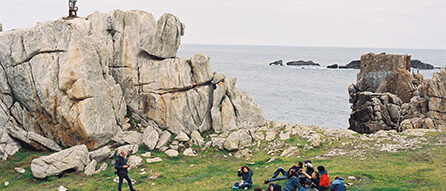
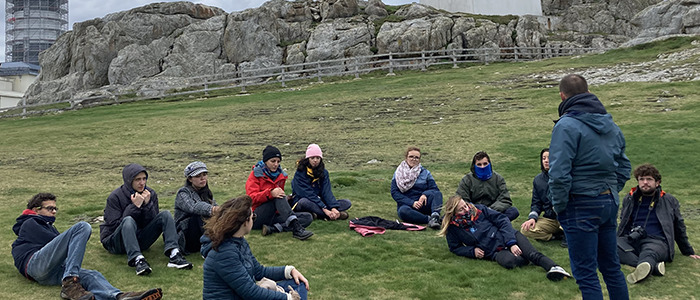

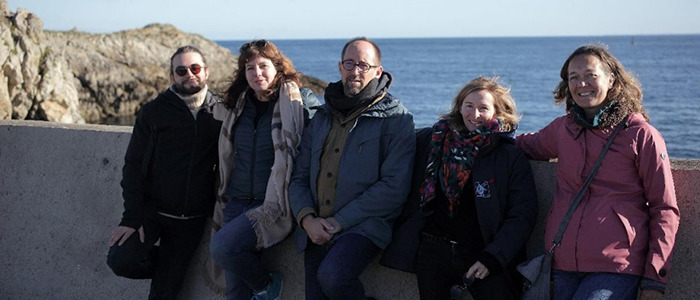
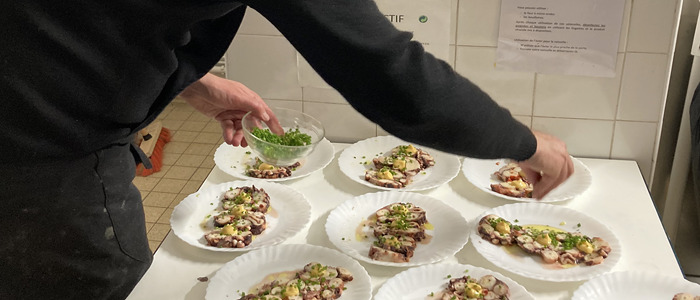
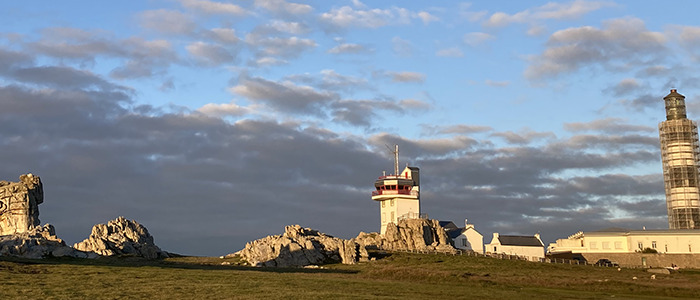
 Attention, vous utilisez un navigateur peu sûr !
Attention, vous utilisez un navigateur peu sûr !